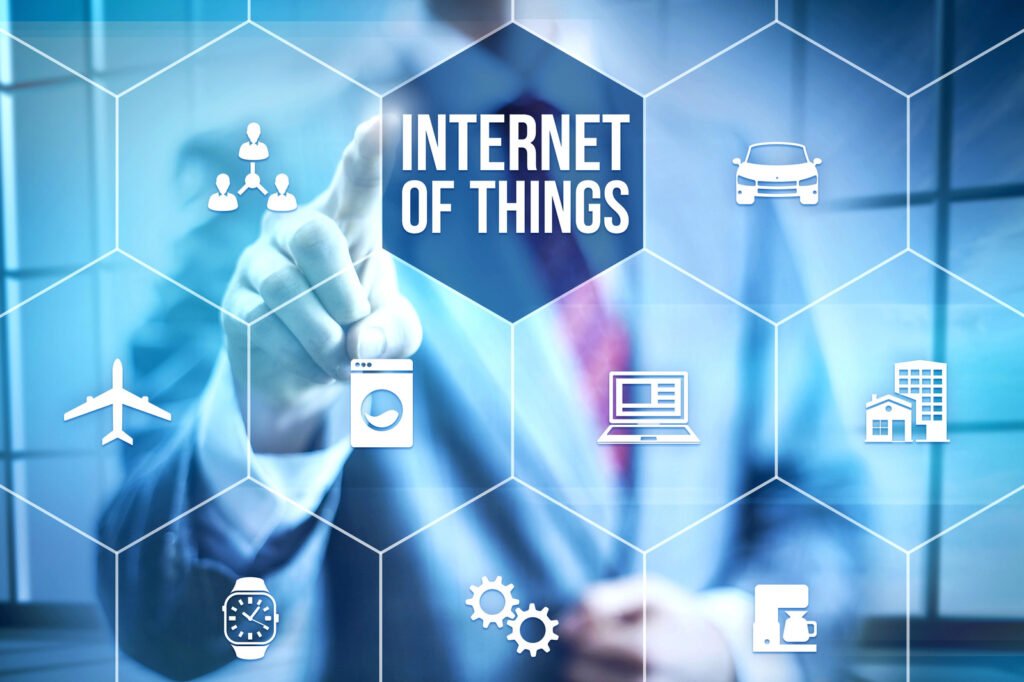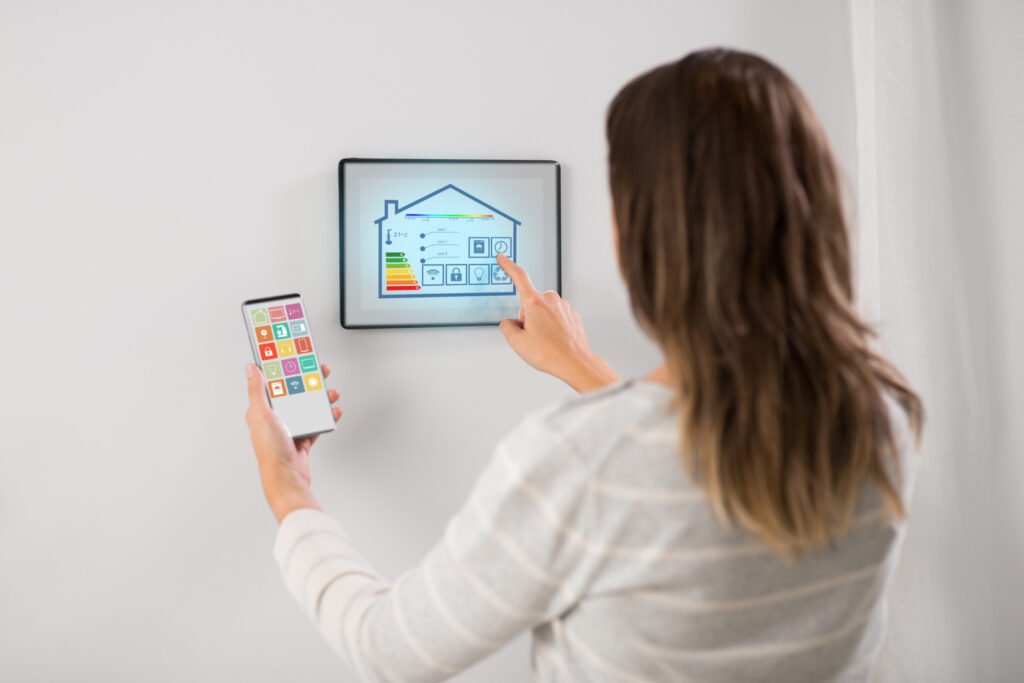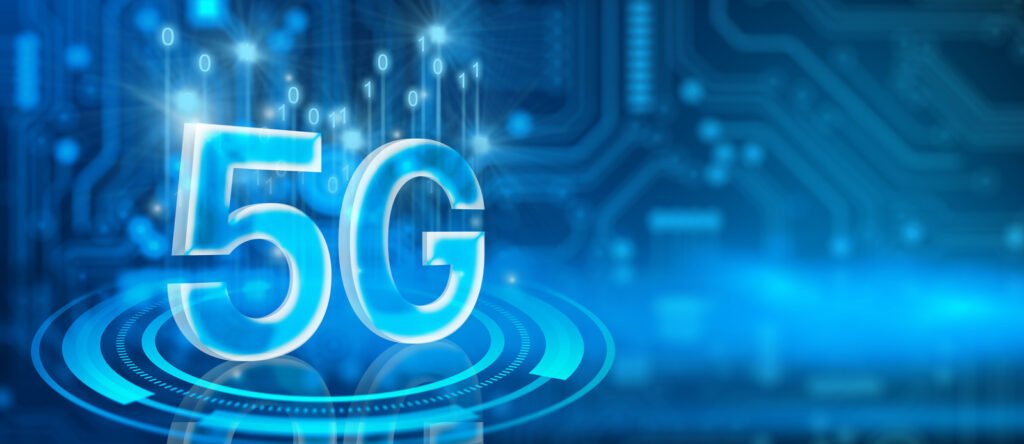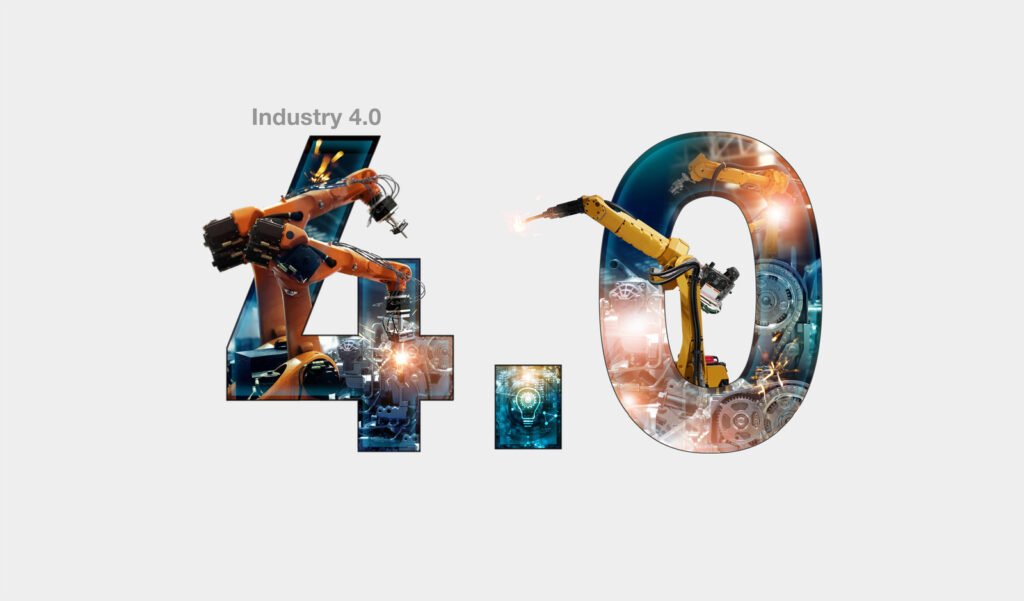The digital landscape is evolving at an unprecedented pace, and the Internet of Things (IoT) stands tall as a game-changer in this transformation. From smart homes to connected cars, IoT in industries promises a future where every object can communicate, creating an intricate network of data and insights.
But it's in industrial IoT where IoT's potential shines brightest, promising to redefine the industrial internet, operations and efficiency.
This blog will explore how industrial IoT is shaping modern industries, uncover the myriad benefits and challenges it presents, and offer a glimpse into its promising future.
What is the Internet of Things (IoT)

The Internet of Things refers to the connection of everyday objects and devices to the internet, allowing them to send and receive real time data.
This includes not just smartphones and computers but also things like smart sensors, cameras, appliances, and machinery.
IoT devices are embedded with smart sensors that collect and analyze data and can communicate with each other over a network. This enables predictive maintenance, real-time remote monitoring, supply chain and asset tracking, automation, and analysis of information from these connected devices.
Smart Devices and Sensors

Smart sensors are at the core of IoT in industries, enabling devices to collect and transmit data. These sensors can be embedded in machines and equipment or attached externally, providing real-time insights into operations.
Some common examples of smart sensors include temperature sensors, humidity sensors, motion detectors, pressure sensors, and accelerometers.
Data Collection and Analysis
The IoT network collects vast amounts of data from connected devices and sensors. This data is then analyzed to extract meaningful insights that can improve efficiency and streamline operations. Advanced analytics techniques such as machine learning and artificial intelligence are used to analyze this data in real time, allowing for predictive maintenance and remote monitoring.
The Industrial Internet of Things (IIoT)

The Industrial Internet of Things, also known as Industry 4.0, refers to the integration of IoT technologies in industrial settings. IIoT devices are transforming traditional industries by enabling advanced automation, real-time monitoring, and data-driven decision making.
Industries such as manufacturing, healthcare, transportation, and agriculture are all leveraging IIoT devices to improve operations, reduce costs, and enhance productivity.
The Impact of IoT in Industries
The integration of IoT technology in industries has brought significant changes in various sectors. It has revolutionized supply chain management, manufacturing processes, transportation systems, energy management, healthcare delivery, and many more. Let's take a closer look at some industries that
The Industrial IoT Transformation Across Sectors

Industries worldwide are experiencing a paradigm shift thanks to IoT devices, as a result, industries are becoming more connected, intelligent, and efficient. For instance:
- The manufacturing industry uses IoT to monitor the manufacturing process such as: equipment health, optimize supply chain management, and improve production efficiency.
- In healthcare, IoT devices help track patient vitals and medication adherence while improving hospital operations.
- Smart agriculture leverages IoT to monitor weather conditions and soil moisture for precision farming.
- Energy companies can use IoT for remote monitoring and control energy usage in buildings or power grids.
- The Transport Industry can use IoT to optimize routes, track and monitor vehicles, and improve safety.
These smart devices embedded with sensors and software connected devices can be used for collecting data, exchange and analyse data in real-time using the industrial Internet.
Benefits of Industrial IoT

The widespread adoption of industrial IoT has brought about a multitude of benefits that have revolutionized industries across sectors.
- Real-time Insights: With the ability of IoT collecting data in real-time and providing data analytics , industries can make informed decisions quickly, reducing downtime and increasing efficiency.
- Predictive Maintenance: IoT sensors allow predictive maintenance for the monitoring of equipment health and needs before breakdowns occur, saving time and costs.
- Enhanced Safety: IoT devices in industries with hazardous environments can use remote monitoring in dangerous conditions, minimizing risks to workers' safety.
- Improved Resource and Inventory Management: By tracking resource usage in real-time, industries can optimize their operations and reduce waste. Asset tracking also helps prevent loss or theft.
Challenges and Concerns

While the benefits of industrial IoT are vast, there are also challenges and concerns that need to be addressed for its successful implementation.
- Security Risks: As with any connected system, security risks are a major concern in industrial IoT. With large amounts of sensitive data collection being transmitted, industries must ensure robust security measures to safeguard against cyber threats.
- Data Management: With the massive influx of real time data from IoT devices, industries may face challenges in managing and analysing this data effectively. Adequate infrastructure and skilled personnel are needed to handle and make sense of this data.
- Interoperability Issues: There is currently no standardization among IoT devices, which can lead to interoperability issues when attempting to integrate different systems. This may result in data silos and hinder the efficient flow of information.
- Cost Savings: With optimized processes and reduced downtime, industries can save costs on maintenance and production while increasing profitability.
- iiot devices, infrastructure and maintenance can be costly for industries, especially small businesses that may not have the resources to invest in this technology.
The Future of Industrial IoT

Despite its challenges, the future of the industrial internet looks promising.
With advancements in technology and continued research, the potential for growth and innovation is limitless. Some potential developments include:
- 5G Networks: The introduction of 5G networks promises faster data transfer speeds and lower latency, which will enhance the capabilities of industrial IoT.
- Edge Computing: By processing data closer to where it's generated (edge devices), edge computing can reduce bandwidth usage and improve real-time response time.
- Machine Learning and Artificial Intelligence (AI): AI-powered IoT devices can analyze and interpret data, making decisions and optimizations in real-time without human intervention. This will further increase efficiency and productivity.
- Blockchain Technology: Blockchain offers secure data storage and processing, providing a solution to the security concerns surrounding industrial IoT.
Staying Ahead in the IoT Forth Revolution

As industries continue to embrace the benefits of industrial IoT devices, it is crucial for businesses to stay ahead in this rapidly evolving landscape. This can be achieved by:
- Investing in Research and Development: Industries should continuously invest in research and development to keep up with advancements in technology.
- Prioritizing Security Measures: To mitigate security risks, industries must prioritize implementing robust security measures when adopting IoT devices.
- Collaborating with Experts: Collaborating with experts in IoT technology can help industries identify the best solutions for their specific needs and ensure successful implementation.
Conclusion
The integration of industrial IioT devices has brought about a fundamental shift across various sectors. From increased operational efficiency and productivity to predictive maintenance and optimized resource management, the benefits of IoT in industries are numerous.
While challenges and concerns still exist, continued advancements and investments in this technology ensure a promising future for the industrial internet of things. Businesses that embrace and stay ahead in this era will undoubtedly reap the benefits of increased competitiveness and profitability.